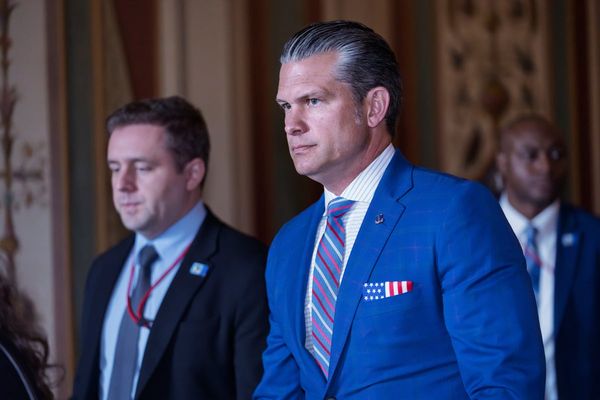
Global campaigners against media misinformation stumbled over a significant challenge last week. The news environment is so polluted by the populist “fake news” chant that we no longer believe what we’re being told about trust itself.
Under challenge is the Reuters Institute for the Study of Journalism (RISJ) at the University of Oxford. Its annual digital news reports into 46 countries have been providing data on where we are in the trust wars. (Crikey reported Australian results last week.)
On the other side, there’s the heavy moral weight brought to bear by Nobel Prize-winning journalist Maria Ressa, knee-deep in the muck of misinformation in the Philippines, with her news site Rappler leading the struggle for reliable, contextual reporting, forcing accountability on populist governments.
Ressa says the Reuters Institute’s methodology, and the way it promotes it, puts journalists at risk as it’s weaponised to attack good journalism and endanger journalists. She’s being backed up by many of the key writers on misinformation around the world, such as Brazil’s Patricia Campos Mello.
The RISJ’s methodology is based on a simple journalistic heuristic: if you want to know what people think, ask them. The trouble is, people don’t seem to respond to the survey — or any survey — in a vacuum. They’re ticking boxes in an environment of claims and counter-claims of “fake news”.
The result? Rappler, perhaps the most reliable source of news in the Philippines, is (per the RISJ study) the least trusted. How does that happen? Because it appears that partisans of the populist government use the Reuters survey to down-vote their leaders’ main critic.
Rappler made the same complaint last year. Ressa tried to work with RISJ to make things work — without success. With the report released, she’s tweeted:
After 4 years of behind-the-scenes feedback with no substantive changes and no acknowledgment of its harms, you have to ask — what is the purpose of this research?
In its defence, the institute stresses it’s not measuring quality or reliability; it’s measuring what people think. The people it surveys may be wrong or motivated by the wrong reasons, but it’s still a reliable take on the media’s “trust” standing in the community.
Perhaps when we had a broadly accessible mass media with everyone consuming the same thing, this would make sense. But now, with growing digital diversity and paywalls restricting how much people can see, are measurements of community “trust” relevant? Or should we, as Ressa says, rely on studies that look at what media actually do, like the Global Disinformation Index?
As media writer for The Washington Post Paul Farhi tweeted:
These “trust” in media surveys rarely ask a relevant follow-up question: when was the last time you read/saw/heard news from the outfit you say you do or don’t trust? They presume people have direct experience w/ multiple news sources.
This dynamic played out in the coverage of the Australian report, too. There was a touch of schadenfreude about its finding that The Daily Telegraph was the least trusted brand. Sounds right — except that according to News Corp’s financial reports, only 147,000-odd people subscribe to get past the paper’s hard paywall. And subscribers are unlikely to be paying for news they don’t trust.
Looks like plenty of people are opting to “distrust” without actually reading the paper. Guess it saves time.
The report also indicated that News Corp’s struggle with reach is leaving its continuing crusade against the ABC a bust. There’s no Rappler effect in the Australian survey, with trust in the country’s public broadcasters staying flat.
A final caveat: there was a bit of back-slapping in media circles about the finding that roughly one in five Australians say they are paying for news. Really? That’s about 5 million adults. While Australia’s media are remarkably shy about sharing hard data on subscription numbers, a dive through the detail of the corporate media’s public financial reports suggests that the News Corp and Nine mastheads share about 1.375 million subscriptions. Accounting for overlap, that’s somewhere between 1 and 1.2 million people.
A stab at numbers for the surviving regional papers, digital players such as Guardian Australia or Crikey and offshore media like The New York Times may account for up to 1.5 million people. Wonder where the other 2.5 million are?
Do you still have faith in Australia’s media? Let us know by writing to letters@crikey.com.au. Please include your full name to be considered for publication. We reserve the right to edit for length and clarity.







